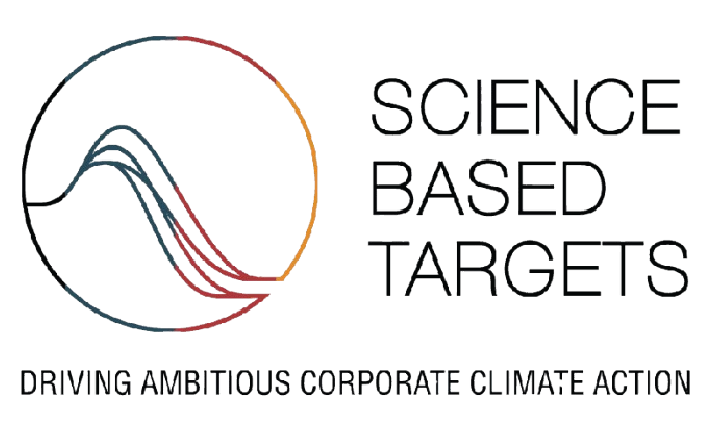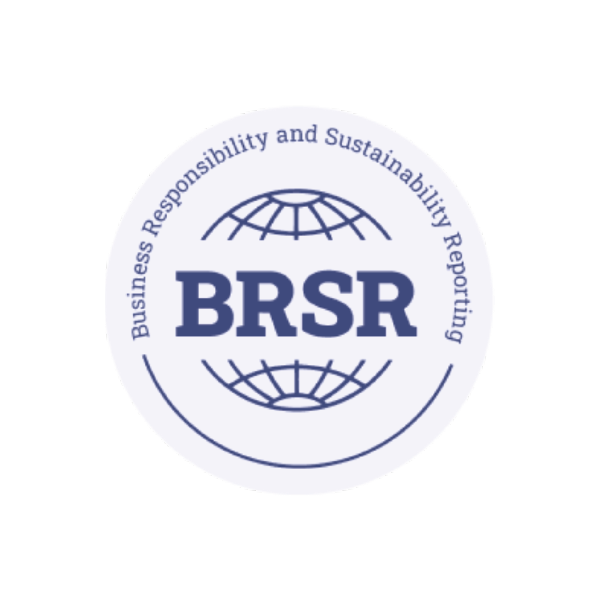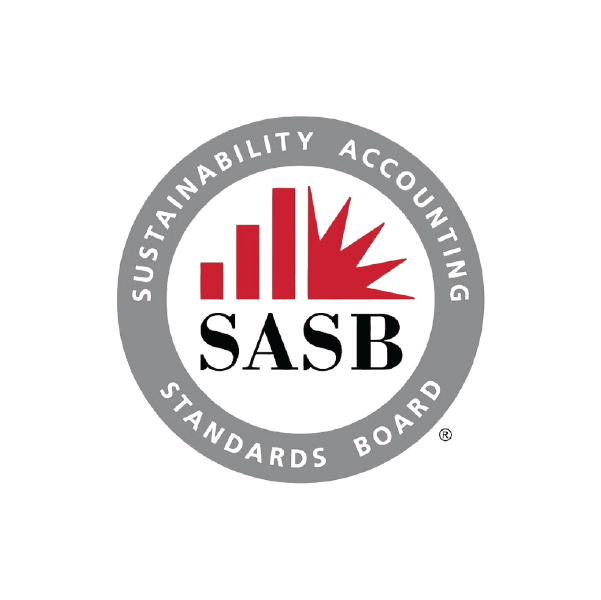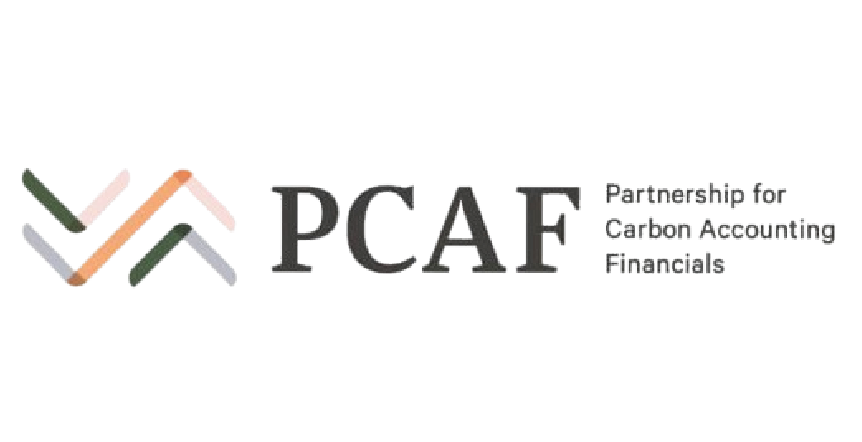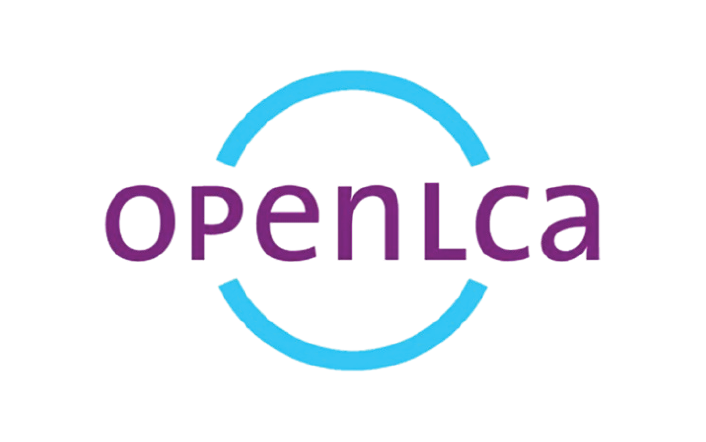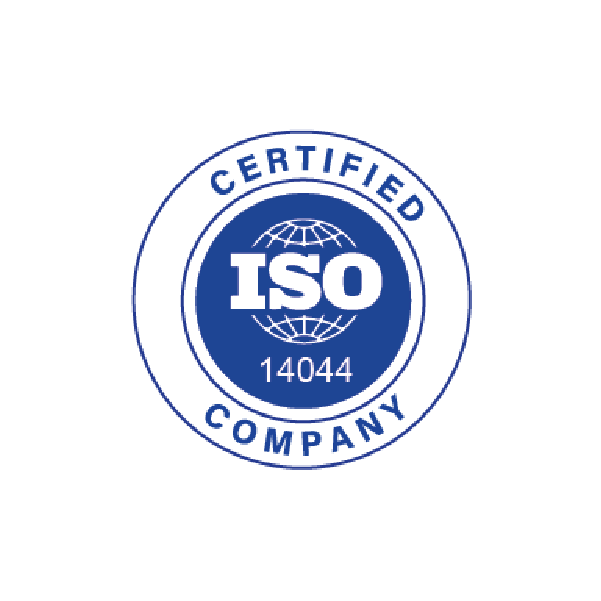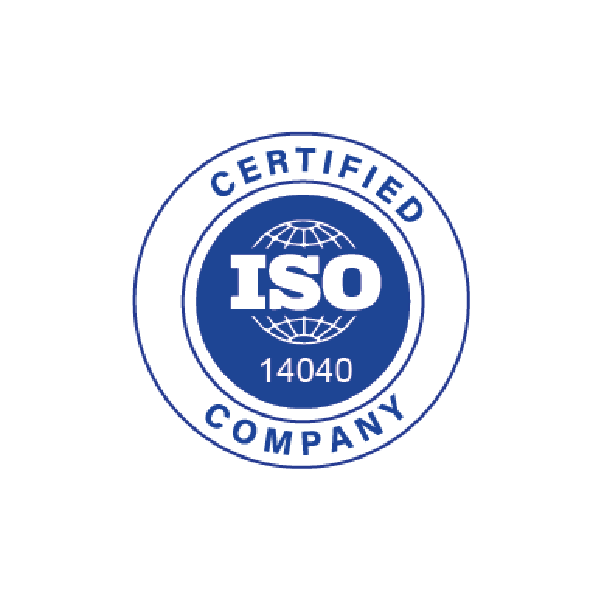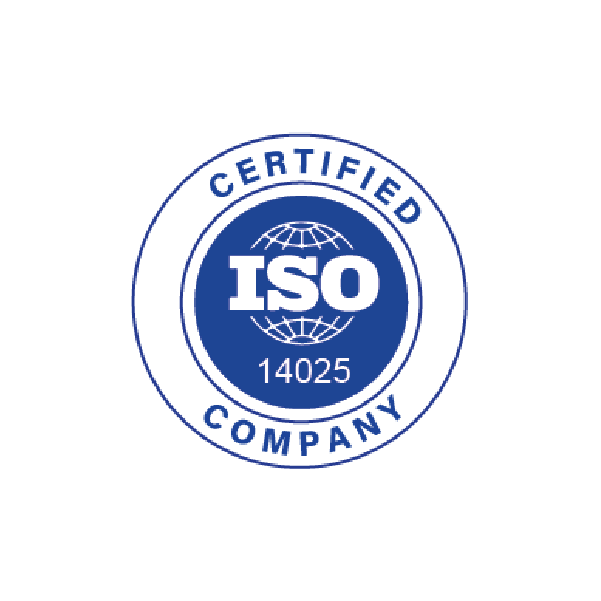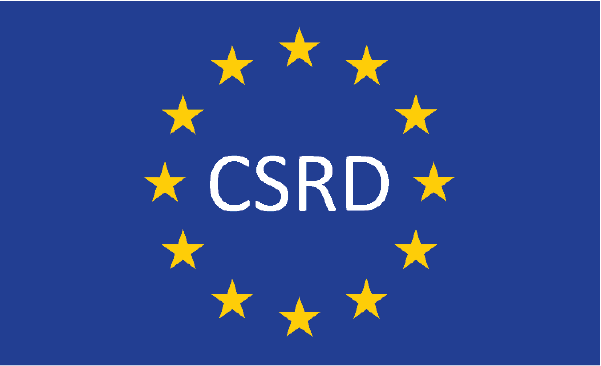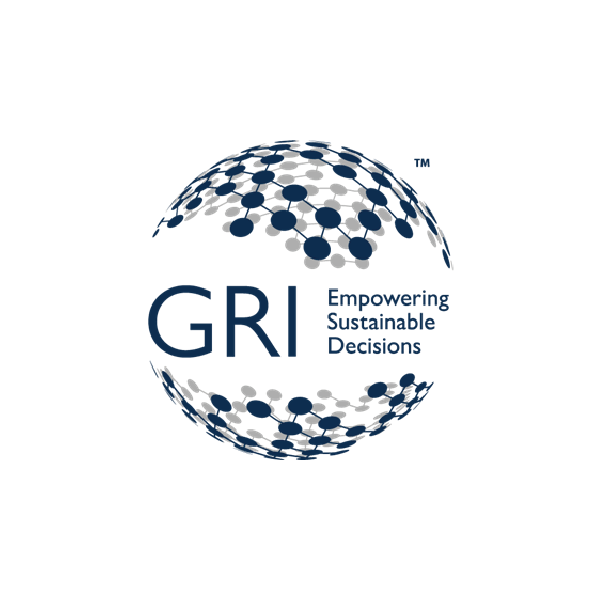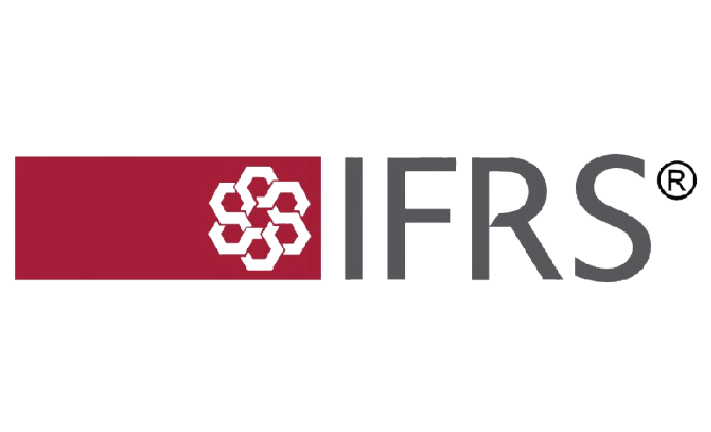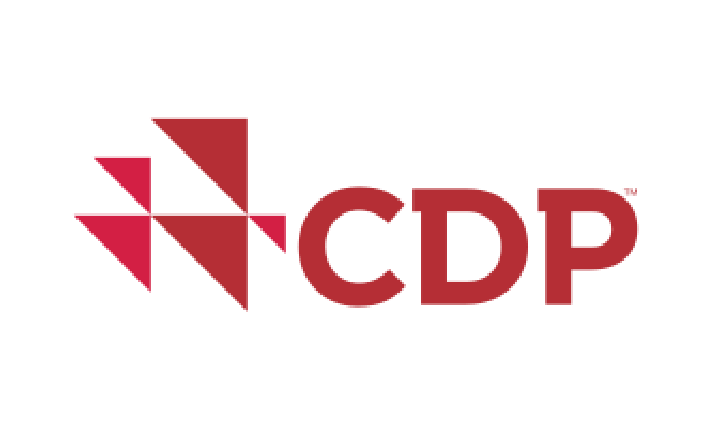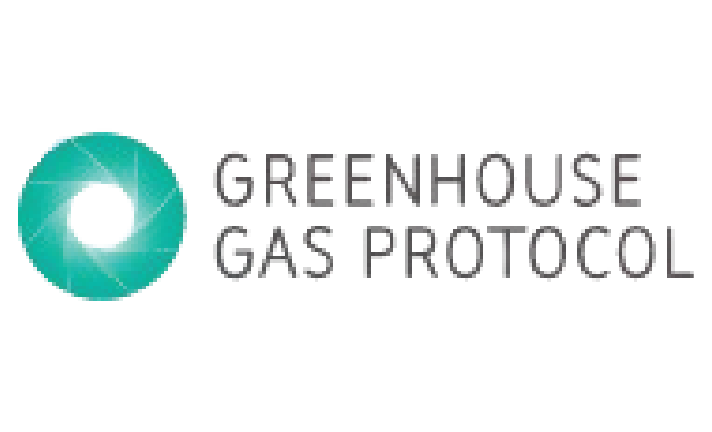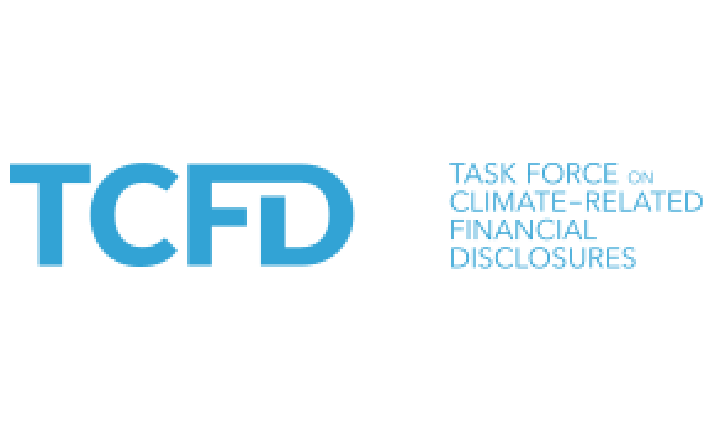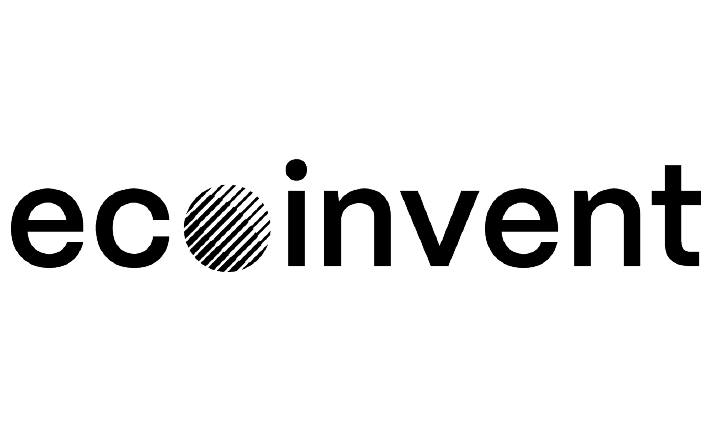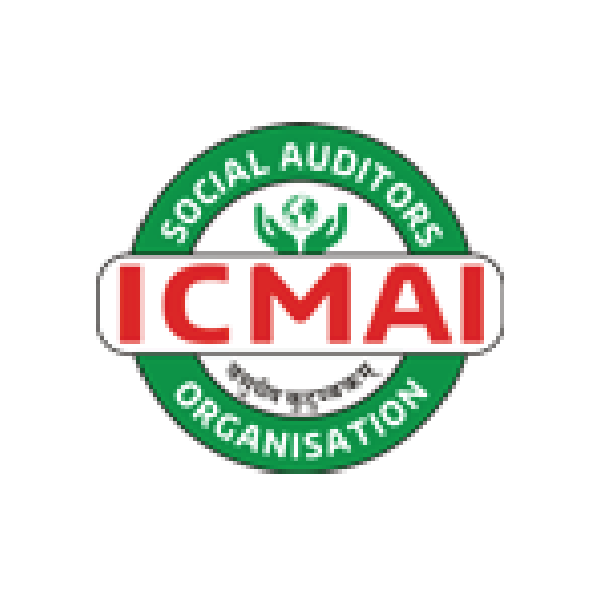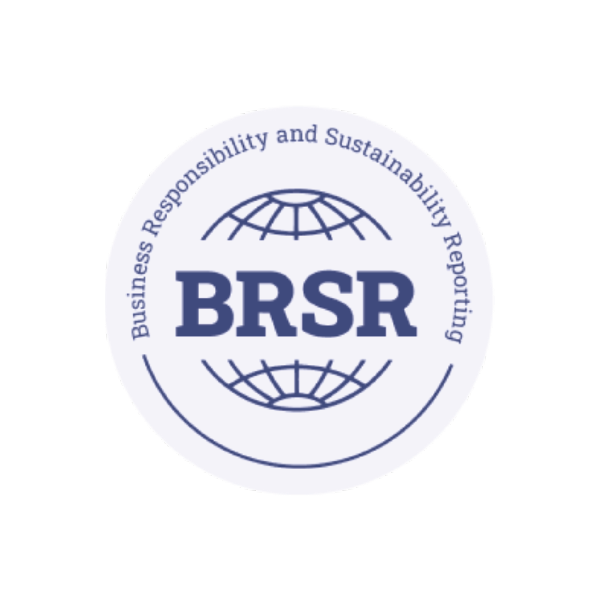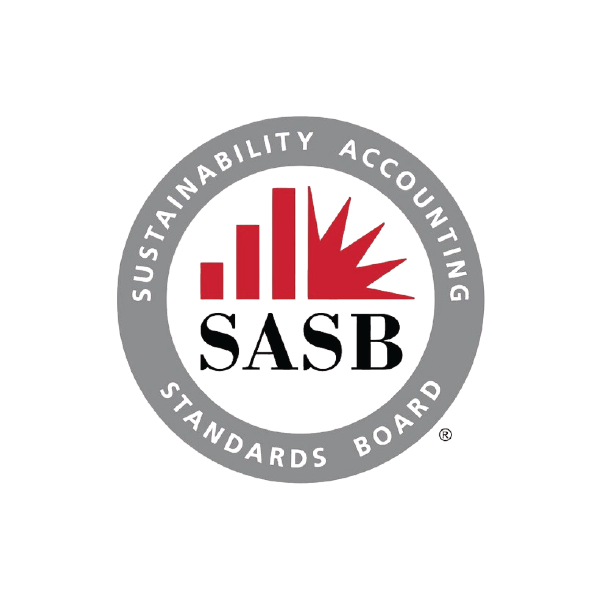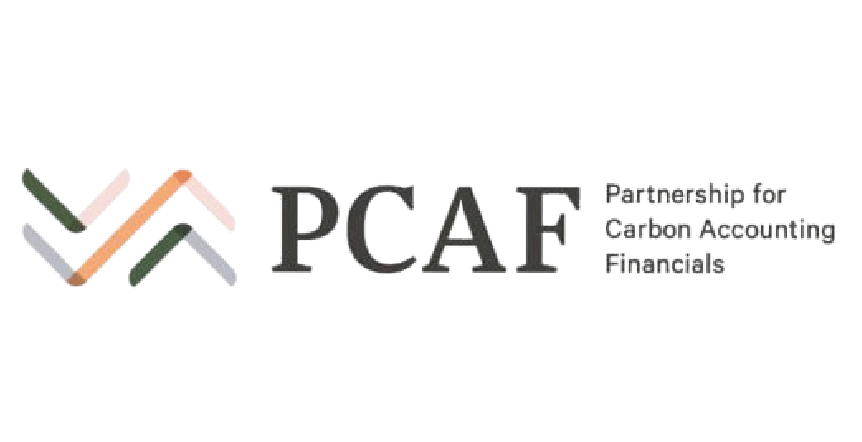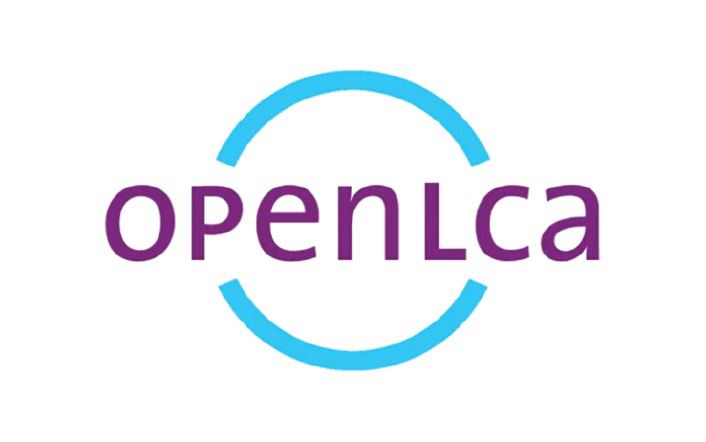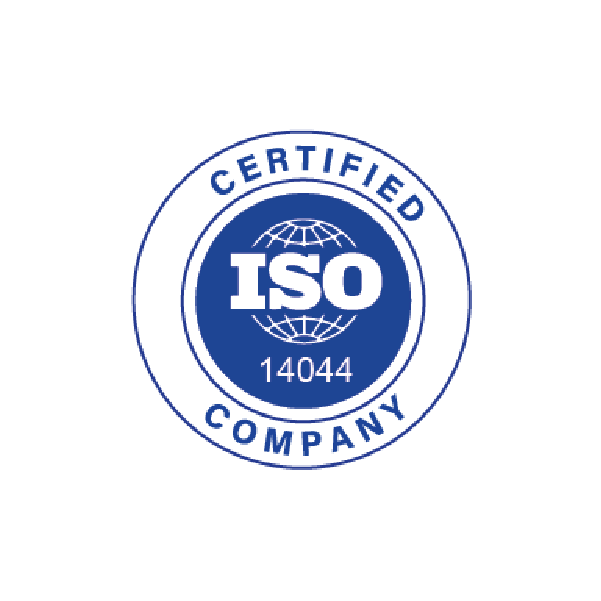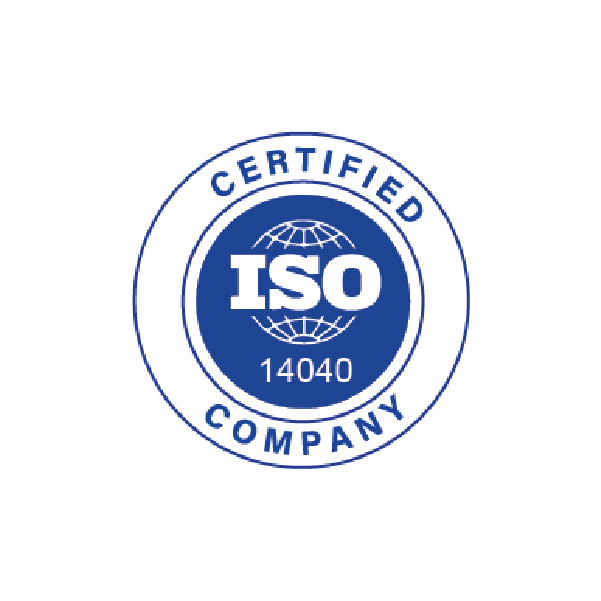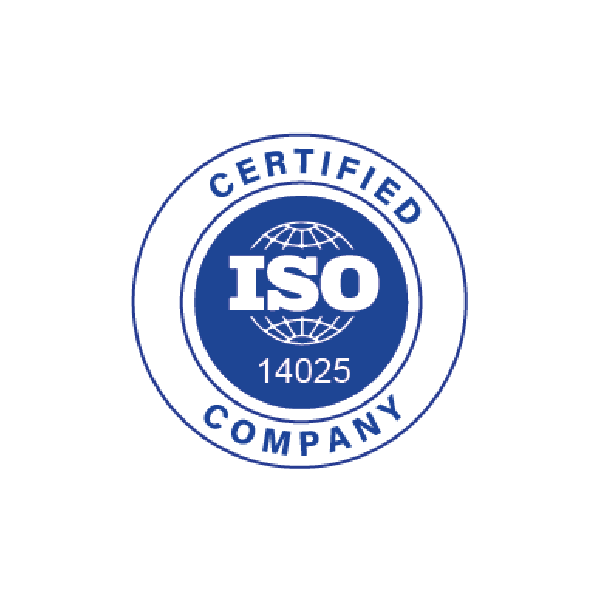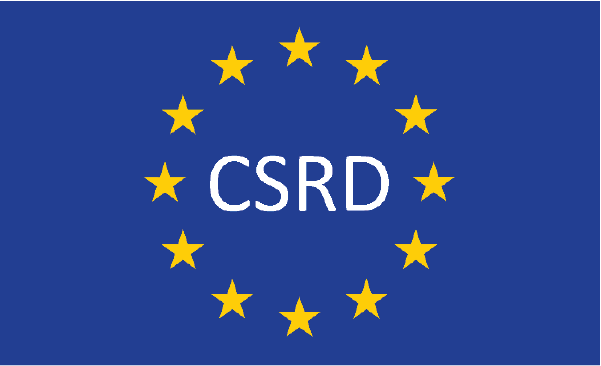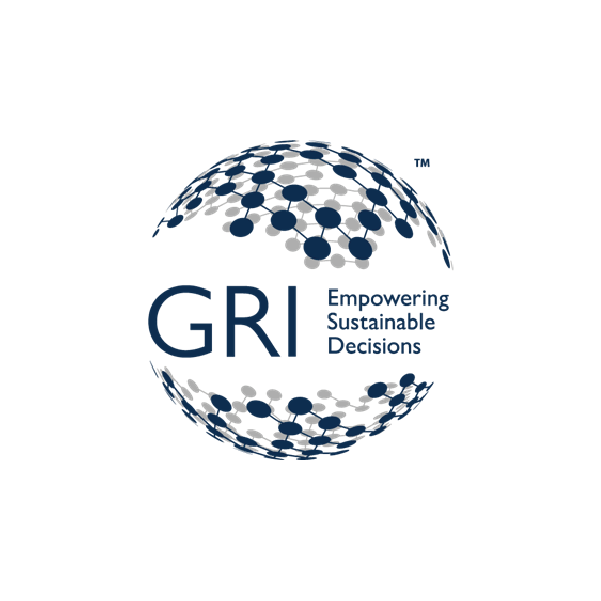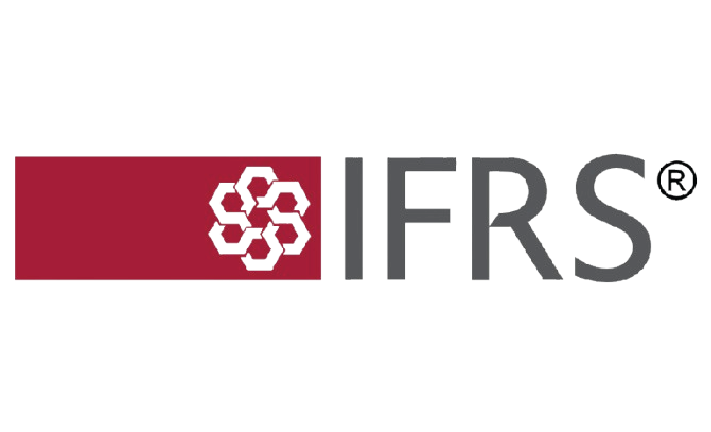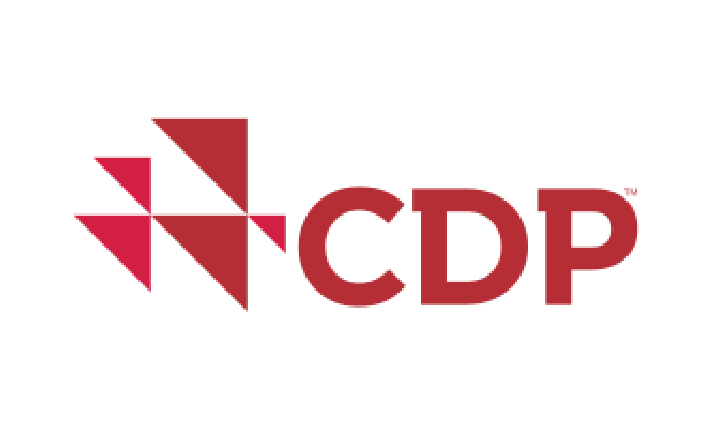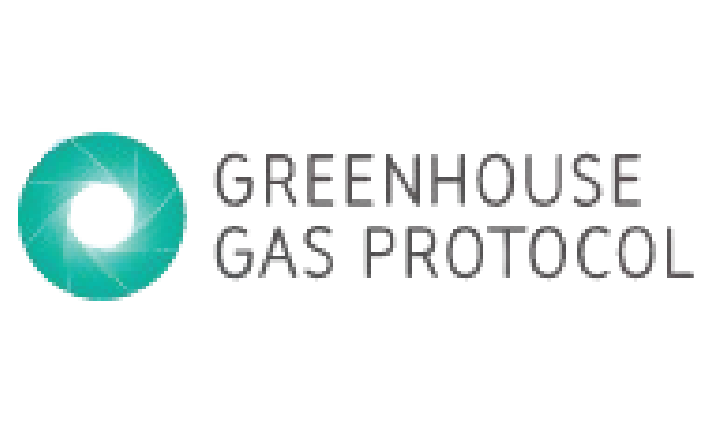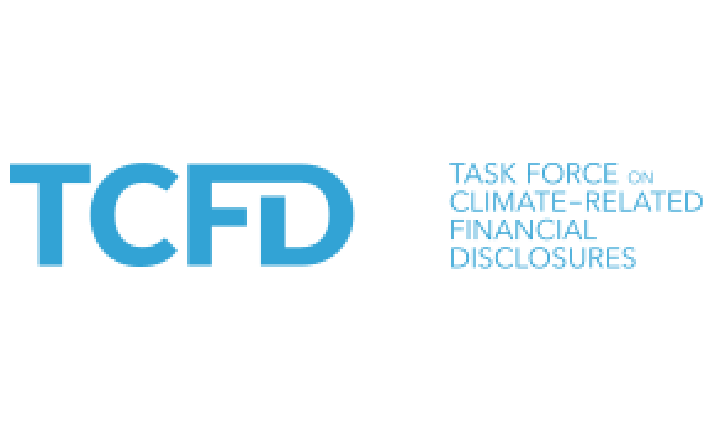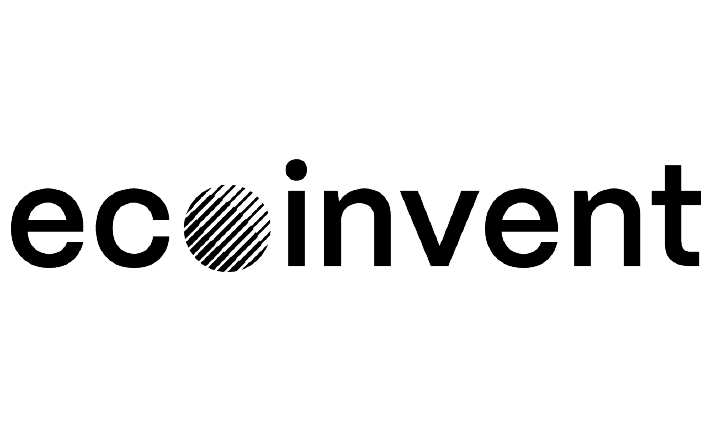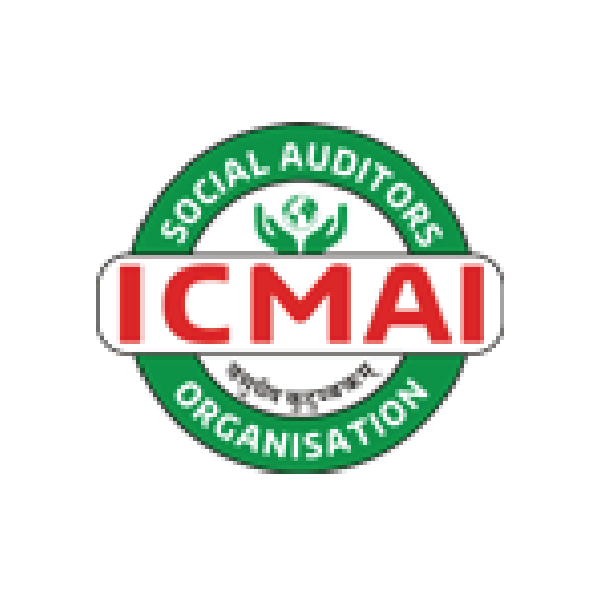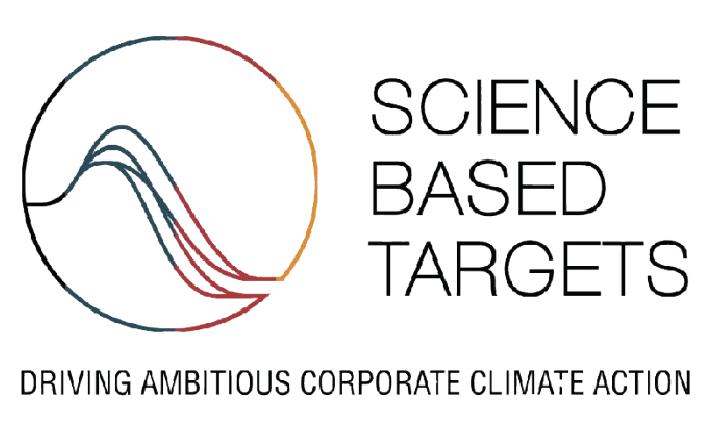ESPR and DPP: Crafting Success for Indian Exporters
The European Union (EU) is setting a global benchmark for sustainability with the Ecodesign for Sustainable Products Regulation (ESPR) and Digital Product Passport (DPP). These regulations aim to ensure that virtually all physical products sold in Europe are environmentally friendly, durable, repairable, and traceable across their lifecycle. They also aim to ensure that products contain fewer problematic chemicals and more recycled materials, and are more energy and resource-efficient. This can mean lower costs and less hassle for consumers.
India’s overall export stood at US $778 Billion in 2023-2024. Whereas the total exports to Europe stood at approx US $98 Billion. At US $35.8 Billion, Textiles took up 36.5% of the total Indian exports to the EU. Hence, the development of ESPR and DPP will be very relevant to industries in this sector.
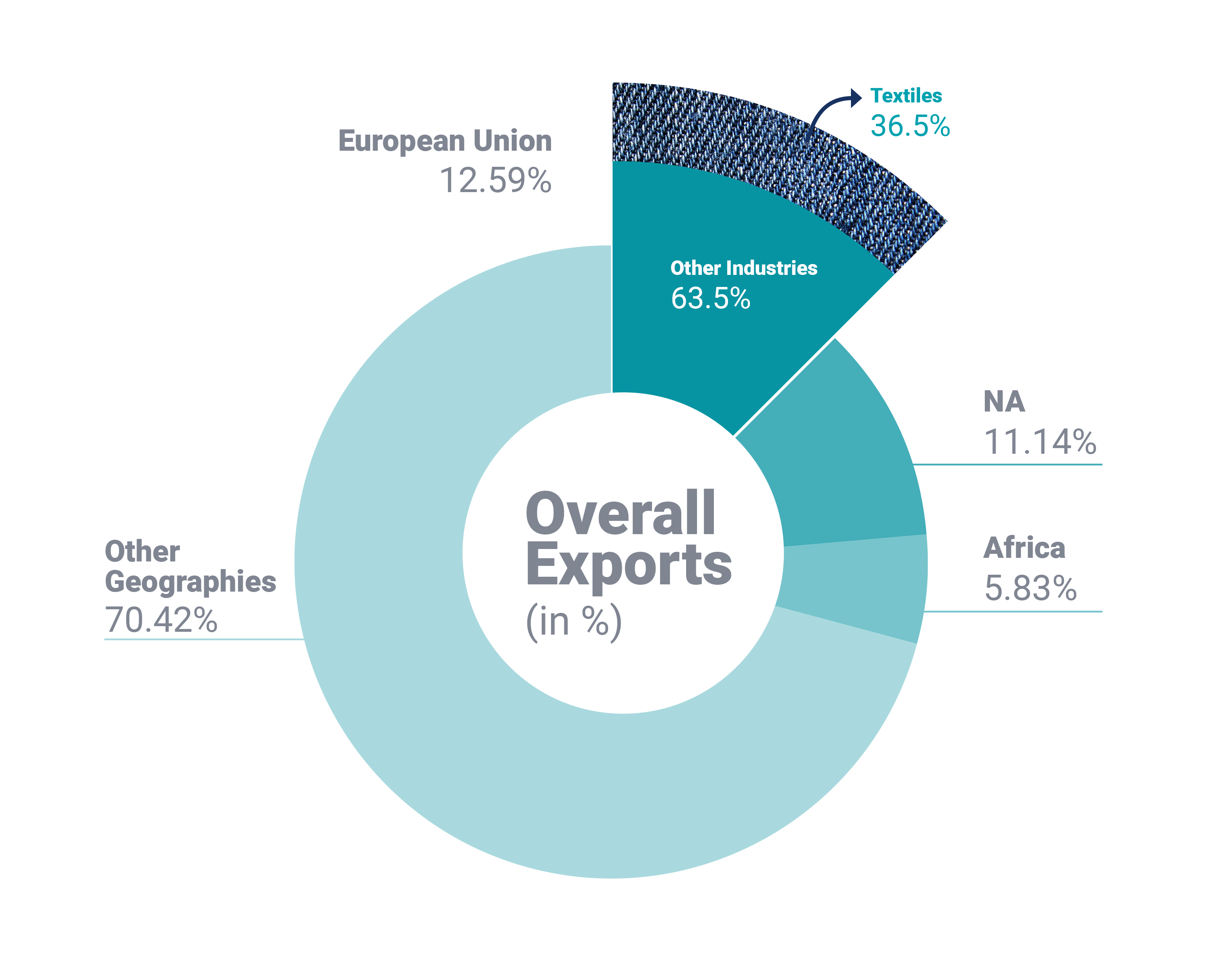
As the EU presents immense opportunities for Indian textile businesses, compliance with ESPR and DPP will become essential to access this market and stay ahead in the global race toward sustainability.
What does ESPR and DPP Mean for Exporters
The ESPR promotes sustainability across a product’s lifecycle, focusing on:
- Durability and Repairability: Products must last longer and allow for easier repairs.
- Recyclability: Materials must support effective recycling.
- Sustainable Inputs: Organic, recycled, or responsibly sourced materials are prioritized.
The DPP complements ESPR by providing a digital record of a product’s lifecycle, accessible via QR codes or similar technology. It ensures transparency by detailing raw material sourcing, environmental impact, and recyclability options. Much like how a passport requires several background checks of the person, the DPP will require extensive documentation of the product’s supply chain, constituent materials, recyclability, and life cycle impacts.
How Indian Export Companies can adapt to and benefit from ESPR?
The ESPR has a couple of striking features:
Companies won’t be able to destroy their unsold inventory
ESPR is very serious about how companies treat their unsold inventory. It intends to prompt businesses to innovate in how they treat their inventories.
A company could:
- Recycle or Repurpose: Transform surplus stock into new products.
- Design for Circularity: Create products that can be easily dismantled and reused.
- Donate Responsibly: Redirect unsold items to charitable organizations.
For Indian manufacturers, this is an invitation to get ahead of the curve and invest in developing products that can be reused, repurposed, recycled, or upcycled.
- European governments will increasingly favor eco-designed products in public procurement.
To meet the higher levels of sustainability businesses could:
- Meet Durability Standards: Design products for long-term use and repairability.
- Showcase Lifecycle Value: Demonstrate environmental benefits through lifecycle optimization.
- Leverage DPP: Provide verifiable data to establish credibility.
Aligning with ESPR and DPP standards would help Indian exporters position themselves as trustworthy suppliers in both public and private markets.
Stay Ahead of the Curve: Act Now
1. Avoid Regulatory Snags; Futureproof your business –The EU’s phased timeline is already underway:
2025 – 19 April, the first working plan consisting of 13 initial product groups will be adopted.
2026–2028 – stricter compliance will be enforced for all products. By the end of this period, all products will be expected to comply with ESPR.
2. Gain Competitive Advantage; Companies have already started on this
Early adopters will gain a competitive edge by appealing to European buyers increasingly focused on sustainability. Some companies have already made great progress in this area:
Automobile manufacturer Volvo has already created a DPP for its EV batteries, which includes material traceability and life cycle data. It took them five years to develop, but now they are ahead of the regulations.
Fashion brand Nobody’s Child has piloted DPPs for some of its denim products, including farm to manufacturing data, as well as life cycle assessments
3. Hit the Mark on Buyer Demands
Consumers and buyers are actively seeking transparent, eco-friendly products. Products adhering to ESPR rules and with DPP integration will be the de facto leaders in the market, since they will be ahead of the curve with a strong differentiation.
Here are a few steps that you can take proactively to be ready for ESPR’s DPP
- Redesign for Durability: Focus on longevity and recyclability in product design.
- Embrace Lifecycle Thinking: Use smart impact products to identify and address inefficiencies.
- Weave in Digital Traceability: Build DPP systems to demonstrate transparency.
- Tap Into Green Tenders: Position products for sustainability-focused public procurement contracts.
A Product Life Cycle Assessment (PLCA), would be an excellent tool to achieve all of the above.
A PLCA is a scientific analysis of a product’s environmental footprint across its lifecycle.
A Product Life Cycle Assessment (PLCA) will be an important tool to report the product’s life cycle impacts in the DPP system. But its benefit is not simply limited to regulatory compliance.
Bevolve’s PLCA services, backed by its robust platform, help businesses:
- Quantify Impact: Provide data for DPP and sustainability reporting.
- Optimize Processes: Reduce waste and emissions while improving efficiency.
- Meet ESPR Standards: Ensure products are durable, recyclable, and resource-efficient.
A PLCA grants businesses a very granular view of their product’s entire lifecycle, and also helps them weigh multiple design and procurement options to finalise the most eco-friendly design. Which is the essence of ESPR.
Conclusion: The Future is Sustainable, Act Now
ESPR and DPP aren’t just regulatory hurdles—they’re opportunities to lead the global shift toward sustainability. Acting now secures market access, builds trust, and enhances profitability.
Contact us today to start your journey toward compliance and growth in the evolving European market. Let’s turn sustainability into your competitive edge.
Related posts








